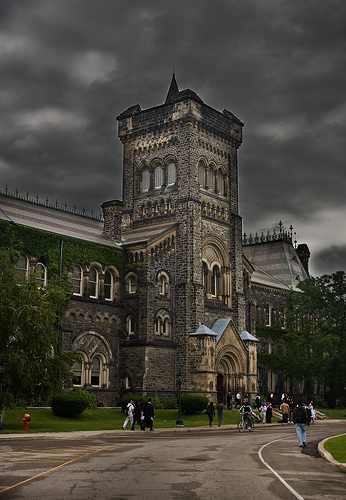Category: Stats
-
College Transfer Q&A: What Can I Do To Improve My Chances?
In forums, prospective transfer students often ask, “What can I do to improve my chances?” I’m going to take you through one such post and provide the same type of advice I would give to a student if I were providing a one-on-one consultation. The post comes from ElmerChelmo: I am currently a first-year student…
-
Transfer Admissions Rates For US News 2014 Added
We’ve just added the recently released Fall 2012 transfer admissions numbers for some of the top schools in the US (the “2014” Top 50 National Universities according to US News). These are the stats for students who applied to transfer and start Fall 2012 term. (US News releases its Top 50 every September, based on…
-

Transfer Admissions Rates for US News 2013 Added
We just added the recently released Fall 2011 transfer admissions numbers for some of the top schools in the US (the “2013″ Top 50 National Universities according to US News). These are the stats for students who applied to transfer and start Fall 2011 term. (US News releases its Top 50 every September, based on…
-

Transfer Admissions Rates for US News 2012 Added
Update: also see our analysis of the newer US News 2013 numbers. We just added the recently released Fall 2010 transfer admissions numbers for some of the top schools in the US (the “2012” Top 50 National Universities according to US News). Check it out by clicking here, or by hovering over the “Stats” tab…
-

Transfer Deadlines Table Added (UCs coming up pretty soon)
We just added a table that goes through the transfer application deadlines (for both fall and spring entry, if applicable) for some of the top schools in the US (the Top 50 National Universities according to US News). We also threw in – because, you guessed it, we love you – whether or not the…